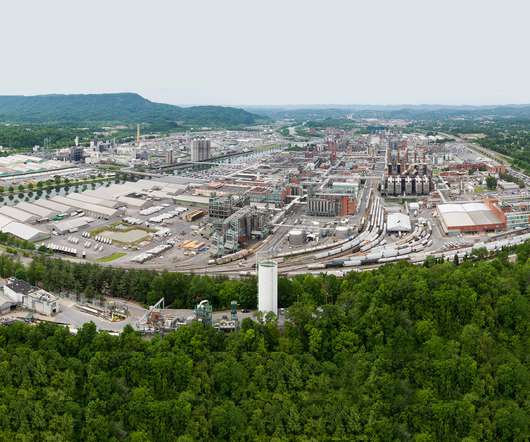Net-Zero iPhones: Apple Pledges to Go Carbon-Neutral by 2030
GreenTechMedia
JULY 21, 2020
Apple committed on Tuesday to becoming carbon-neutral by 2030, pushing its ambitions far beyond its own corporate walls — already 100 percent powered by renewables — to include its vast supply chain and the lifecycle of all its products. Apple will increasingly rely on carbon-removal programs. Europe and Latin America.
















Let's personalize your content